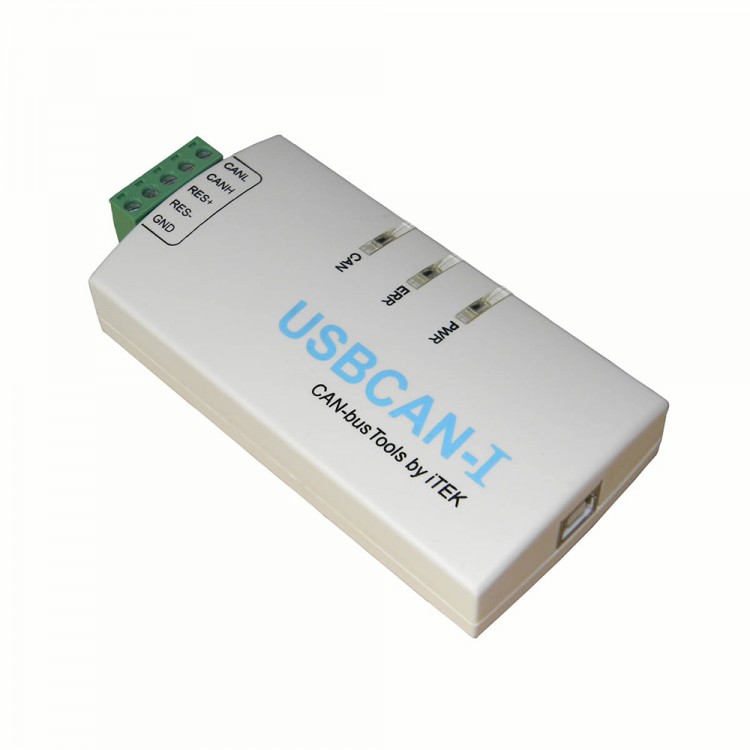
Major drivers for the growth of the market are surged demand for contactless card (tap-and-pay) payments amid COVID-19, proliferation of smart cards in healthcare, transportation, and BFSI verticals increased penetration of smart cards in access control and personal identification applications and easy access to e-government services and risen demand for online shopping and banking. The proposed methodology enables explicit analysis of the impact of disruptions on diverse passengers segments, while the specific results are useful for public transport agencies when planning long-term maintenance projects.Smart card market is projected to reach USD 16.9 billion by 2026, growing at a CAGR of 4.0% during the forecast period.

The results suggest that, in particular, passengers with an everyday commuting behaviour have decreased after the disruption. We apply the method on a 3-month closure of a rail line in the Greater Copenhagen area. Using hierarchical clustering of daily travel patterns, we are able to in-depth analyse the reactions of certain passenger groups to the disruption. We compare these observations to a group of reference lines without disruption to account for general trends. We can thus observe how different passenger groups changed travel behaviour after the disruption. We use k-means clustering to group passengers based on their travel behaviour before and after the closure. This paper fills the gap in research by proposing a novel methodology based on smart card data for analysing the impacts of long-term planned disruptions on passenger travel behaviour.

Previous studies on the effect of disruptions on passenger travel behaviour have mainly focused on shorter disruptions, while the few studies on impacts of long-term disruptions have had limited focus on individual passenger behaviour. Disruptions in public transport are a major source of frustration for passengers and result in lower public transport usage.


 0 kommentar(er)
0 kommentar(er)
